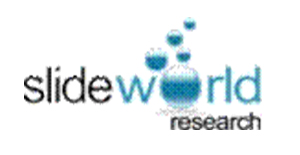Issue Details
AN ANALYSIS OF PHOTOPHYSICS OF AROMATIC FLUOROPHORES
Meenakshi .
Page No. : 245-250
ABSTRACT
According to Jablonski diagram (Jablonski 1935), emission of light from the lowest vibrational level of the first singlet excited state to the ground state is known as fluorescence and the fluorescent molecule follow the Kasha‟s rule (Kasha 1950) and Franck-Condon principle (Lakowicz 1999). It was first observed by Sir John Frederick William Herschel in 1845 that the photoexcitation of a fluorophore leads to only single emission band (Kasha, 1950). However, later Lippert observed that 4-(N,N-dimethylamino)benzonitrile (DMABN) emits dual emission upon excitation at the near UV region (Lippert et al., 1961). The emission which appears at shorter wavelength is called „locally excited‟ (LE) emission and the longer wavelength emission is termed as „intramolecular charge transfer‟ (ICT) emission. Over the years, organic π-conjugated molecules find interest as building blocks for advanced optical materials and photovoltaic devices, as well as in molecular electronics (Tykwinski et al., 1998, Kivala et al., 2009, Beaujuge et al., 2010, Lin et al., 2012). Generally, π-conjugated organic fluorophores emit locally excited (LE) emission due to delocalization of the electron density over the whole molecule. Organic fluorophores, composed of donor and acceptor entities separated by a bridge, usually show LE emission as well as ICT transitions (Rettig 1986). In molecules with extended π-conjugation, the transition energies decrease as the extent of conjugation increases explained by Hückel molecular orbital theory (Hückel 1931).
FULL TEXT









